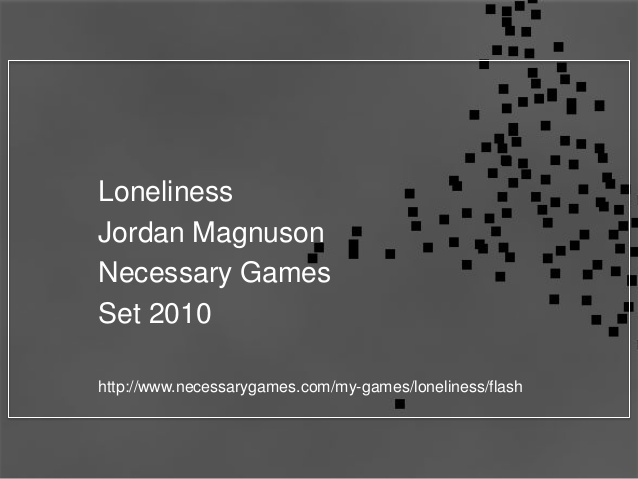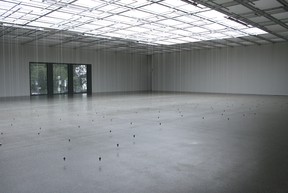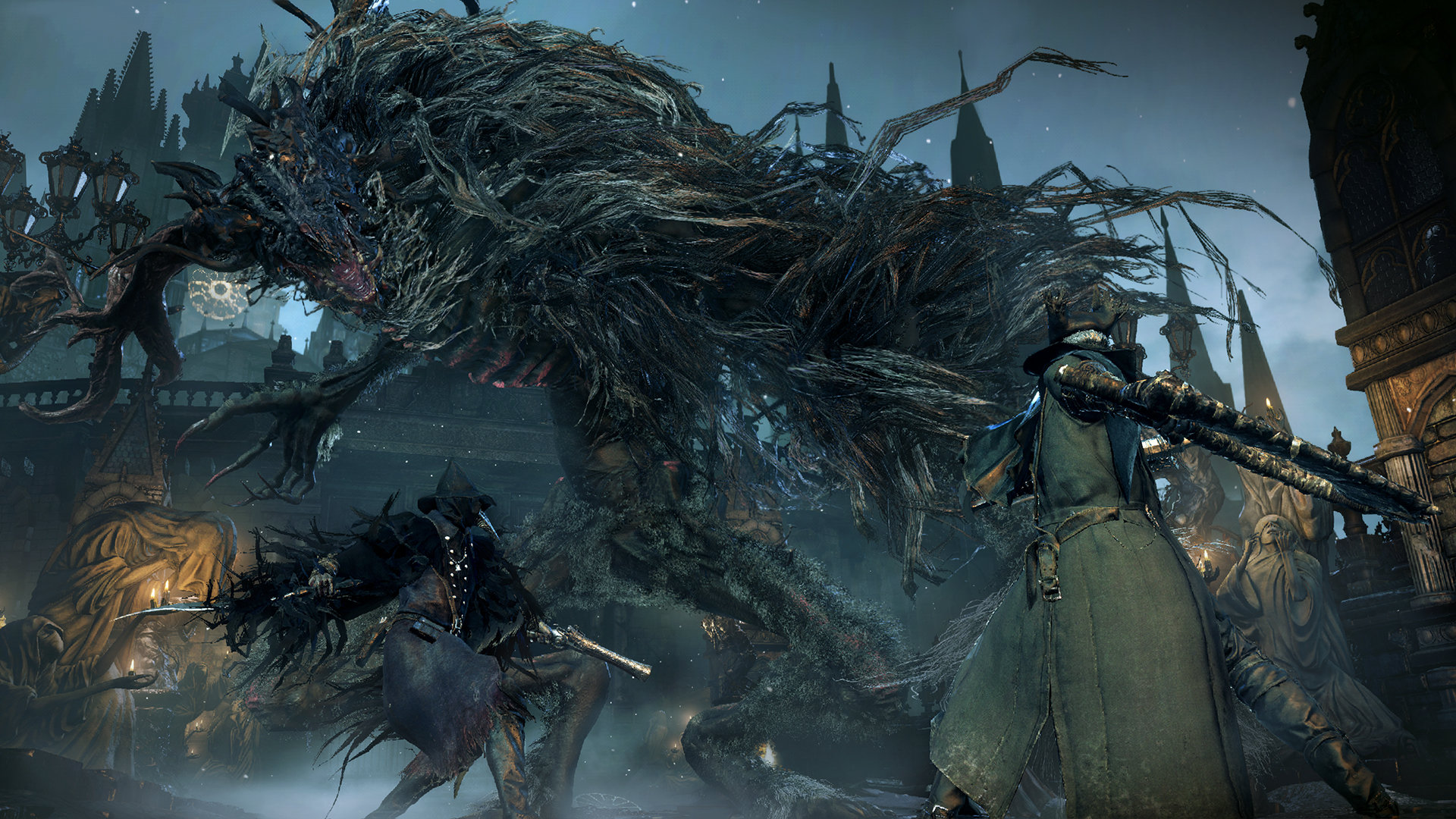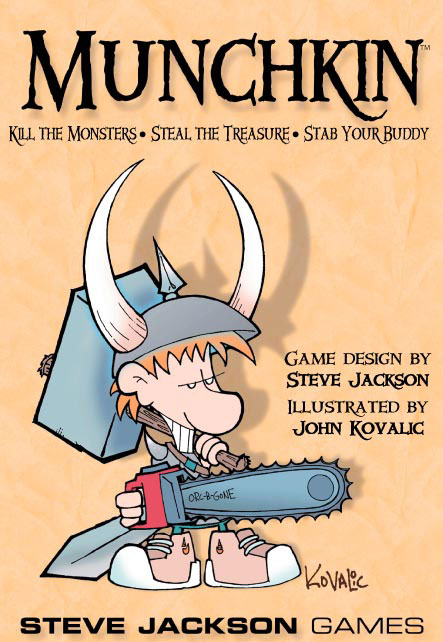add bonus feature
+ Her POV
insert coin to proceed
add bonus feature
+ Her POV

http://www.necessarygames.com/my-games/loneliness
Games as a type of mechanic
Can we tell stories through actions?
Loneliness is a fairly simple 3 minute game that creates beautiful atmosphere and tells a story through interaction
Can we tell stories through mechanics .
Another game I would like to explore in the Talos Principle

One and a two is a movie by Edward yang about the life of a family after the Grand mother falls into a coma .
The movie follows the life of different family members and is a slice of life type of story. The appeal of the story is that it feels sincere.
You don’t feel like the narrative is purposefully crafted and yet there is without a doubt some character development.
The movie manages to explore each character and their struggles and give us someone to root for regardless of what kind of background or role we play.
I guess the biggest take away of this movie is how it manages to always keep us engaged without being too dramatic.
This feels very close to what I am trying to express with my project.
I have yet to decide a kind of medium for my project but I’ll keep exploring.
At the moment I’m torn between something that is told and something that is played.

Interactive Art in a space creates a moment that is memorable,
The Experience economy.
Passive Participation –
Active Participation – escape from reality
Immersion
Architecture without architects
Objects that make people move.
Using the element of play to make a space welcoming? To encourage interaction?
What is different between an interactive space or a playground?
How can we re/create a space that creates a kind of sensation that would make people want to interact to it?
What are the actions and reactions of people towards the space.
Most interactive spaces forces people to interact in a certain way.
Can we create an affordance for interaction?
How can we give people a space where they can freely interact?
Is it possible?
//Given a set of restrictions/ rules/
The idea of immersion that
Suspension of disbelief
Scattered Crowd – William Forsythe
http://www.williamforsythe.de/installations.html?no_cache=1&detail=1&uid=22
Repetition of elements
Having a hierarchy and anarchy
Order vs Chaos in installation
Scattered Crowd – vertical organization.
The love for the vertical
The love for the horizontal
How can we enhance this experience and put it in a different spectrum.
How can we augment the way we see things


William Forsythe
1949, New York, NY (US) – Frankfurt am Main (DE)
Plumb bobs, string, compressed air cylinders
Courtesy of the artist
There are always rules in interaction. There in an implicit rule about the space.
Some people would react to it by avoiding, while some people would avoid it.
Creating a dynamic maze.
Creating a dialogue between the user and the interaction
The absence of the Horizon
THX – 1138
Infinite space
Breaking the space
Lighting the room so that the space disappears.
Time and space
To experience a space we must be physically present.
Creating an atmosphere that makes sense for the body and the brain.
The quiet room
https://sarahfoyster.wordpress.com/2013/04/19/the-quiet-room-by-brian-eno/

” Try to imagine a life without timekeeping… Man alone suffer a paralyzing fear that no other creature have to. A fear of time running out.”
Mitch Albom, The Time Keeper
A Professor of mine once asked me, in a thick Mexican accent, “What is your concept of time?”
Time froze as I struggle to say something smart…
According to the Einstein, time is relative. Our perception of time is distorted according to our experiences. Time has become another dimension in works of art now, no longer bounded by the stillness of a frame nor locked in a painting. Time has become like another color for artists to change the tone and expression of their works.
Time defines our experiences. We cannot experience music without time. Can the same be said for architecture? If the way we experience a space is by walking from one point of the building to another, the can we say that we experience it through time?
The building does not change, but our location and perception of it changes with time, so can we say that our experience is defined by time?
/ *
A bit about the Author…
Eric Zimmerman makes games and teaches game design. Zimmerman has taught at universities including MIT, the University of Texas at Austin, Parsons School of Design, New York University, Rhode Island School of Design and School of Visual Arts. Beginning in 2010, he serves as an Arts Professor at the NYU Game Center, within the Tisch School of the Arts.[2]
Other readings
http://ericzimmerman.com/portfolio/essays-and-articles/
Some interesting projects
http://ericzimmerman.com/portfolio/cross-my-heart-hope-to-die/
After reading this, i did a little google search about who this person is. I browsed through quickly some of his works and came upon this article, – Manifesto for a Ludic Century.
I took a quick look and found three interesting points
I then drew parallels to what that meant for games and what meant for stories and came to a conclusion, which I will try explain.
I’ll come back to this three points in a moment, let me first explain my feelings about the reading.
I found the given reading rather interesting as it redefines and even refines the idea of games and interactive narrative to me and one paragraph resonated with me, much more strongly than the others.
“What am I after? I’f I’m intersecting games and stories to create something new out of the synthesis of both, my aim with the concept of narrative should not be to replicate existing narrative forms but to invent new ones. The commercial game industry is suffering from a peculiar case of cinema envy at the moment…”
This made me think.
We cannot and should not define our understanding of game narrative by the way older mediums have defined their own narratives, this is not to say that there is no credit to that but games have to evolve beyond those experiences. We as game designers need to approach stories in a much different way than how a story teller or even a film maker would see the stories.
I used to define games by a spectrum, with two ending ranging from Narrative to Play. What interests me most as an artist is to look for ways where we can “play stories and read games”. Zimmerman made me rethink this idea. There isn’t just 2 elements, but 4. He also cleverly defines each of them to help us better understand this.
These four concepts overlap with each other, and instead of looking at what separates them, I would like to take a moment to look at what over laps.
I’ll be talking about two of it for today, maybe some day when I find the will do write more, I’ll finish it proper.
Let’s look at the two overlaps.
1 Narrative + Play = Amnesia // the blank character story
2 Narrative +Interactivity = Between two doors // the space between choices
Here’s something we seen way too many times. Amnesia games.
Characters who have no memory of who they are, where they come from or even their name. This is so common in game stories…
Why?
2 reasons.
1.It begins the story ‘in media res’, or in the middle of. While most stories start up in act 1, games typically start of in act 2, where the action is already happening and then player gets to play in the role of the character, either in a war zone or in a pursuit of a murder. Stories that start with this opening typically get into the action faster and hence, get to the ‘play’ faster.
2. The idea of a ‘blank slate’ in games. The idea that you ARE the character, and the idea that the blank slate is more immersive because they play as themselves or who they want to be.
TBC */



Recent Comments